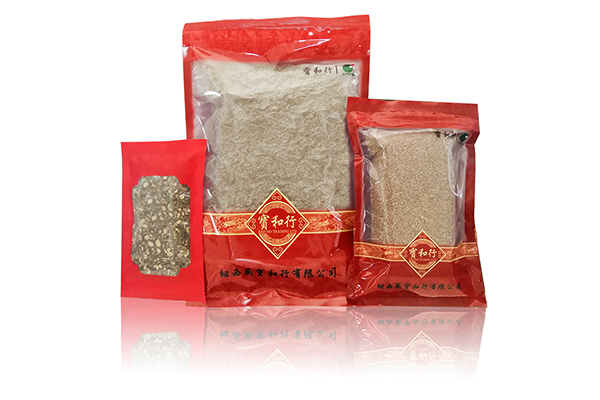Traditional Chinese Medicine (TCM) has been an integral part of healthcare for thousands of years, relying heavily on herbal slices for its treatments. However, ensuring the safety and efficacy of these herbal slices is paramount, given the complexity and variability of natural products.

Importance of Quality Control in TCM
Quality control in TCM is critical due to several factors:
Complexity of Herbal Ingredients: TCM herbal slices consist of numerous bioactive compounds that can vary significantly based on environmental conditions, cultivation practices, and processing methods.
Safety Concerns: Contaminants such as heavy metals, pesticides, and microbial pathogens can pose serious health risks.
Efficacy: Consistency in the concentration of active ingredients is essential for the therapeutic efficacy of TCM herbal slices.
Quality Control Measures
1. Good Agricultural and Collection Practices (GACP)
GACP guidelines ensure that the herbs used in TCM are cultivated, harvested, and processed under optimal conditions to maintain their quality. These practices include:
Selection of Seeds and Cultivars: Choosing the right species and varieties that are known for their medicinal properties.
Cultivation Techniques: Implementing sustainable farming practices, including soil management, irrigation, and pest control, to ensure the healthy growth of medicinal plants.
Harvesting: Timing the harvest to ensure that the herbs are collected at their peak potency.
2. Authentication and Identification
Accurate identification of herbal materials is crucial to avoid adulteration and ensure the correct species are used. Techniques employed include:
Morphological Identification: Traditional methods involving the examination of physical characteristics such as shape, color, and texture.
Chemical Profiling: Using chromatographic techniques like High-Performance Liquid Chromatography (HPLC) to identify and quantify specific chemical markers.
DNA Barcoding: A modern approach that uses genetic sequences to authenticate herbal materials, ensuring the correct species are used and detecting any adulterants.
3. Processing and Preparation
Processing methods can significantly impact the safety and efficacy of TCM herbal slices. Key practices include:
Fumigation and Stir-Frying: Traditional methods to enhance the therapeutic properties and reduce toxicity. For example, heating can deactivate toxic compounds in certain herbs.
Extraction and Purification: Techniques to concentrate the active ingredients and remove impurities. Aqueous extraction is commonly used to prepare decoctions.
Standardization: Ensuring consistency in the concentration of active compounds across different batches through rigorous testing and quality markers.
4. Contaminant Testing
Ensuring that TCM herbal slices are free from harmful contaminants is a critical aspect of quality control. This involves:
Heavy Metal Testing: Analyzing for the presence of toxic metals like lead, arsenic, and cadmium.
Pesticide Residue Analysis: Ensuring that pesticide levels are within safe limits.
Microbial Testing: Checking for pathogenic microorganisms that could cause infections.
5. Good Manufacturing Practices (GMP)
GMP guidelines ensure that the production processes for TCM herbal slices meet high standards of quality and safety. This includes:
Facility Standards: Maintaining clean and controlled environments to prevent contamination.
Process Control: Implementing standardized procedures for each step of production, from raw material handling to packaging.
Quality Assurance: Regular monitoring and testing of products to ensure they meet predefined quality criteria.
Challenges and Future Directions
Despite the robust quality control measures, several challenges remain:
Standardization: The inherent variability of natural products makes it difficult to standardize TCM herbal slices. Advances in analytical techniques and the development of comprehensive quality markers are needed to address this issue.
Global Harmonization: Different countries have varying standards for TCM products, leading to inconsistencies in quality. Efforts to harmonize quality control standards globally are essential for the international acceptance of TCM.
Research and Development: Continued research is needed to better understand the pharmacological properties of TCM herbs and develop new methods for quality control. This includes integrating modern technologies such as multi-omics and network pharmacology to provide deeper insights into the complex nature of TCM.
Conclusion
The quality control of TCM herbal slices is a multifaceted process that involves stringent measures at every stage, from cultivation to final product testing. Ensuring the safety and efficacy of these herbal products is paramount, given their widespread use and therapeutic importance. By adopting advanced analytical techniques, adhering to rigorous standards, and fostering global cooperation, the TCM industry can continue to provide safe and effective herbal treatments for future generations.
